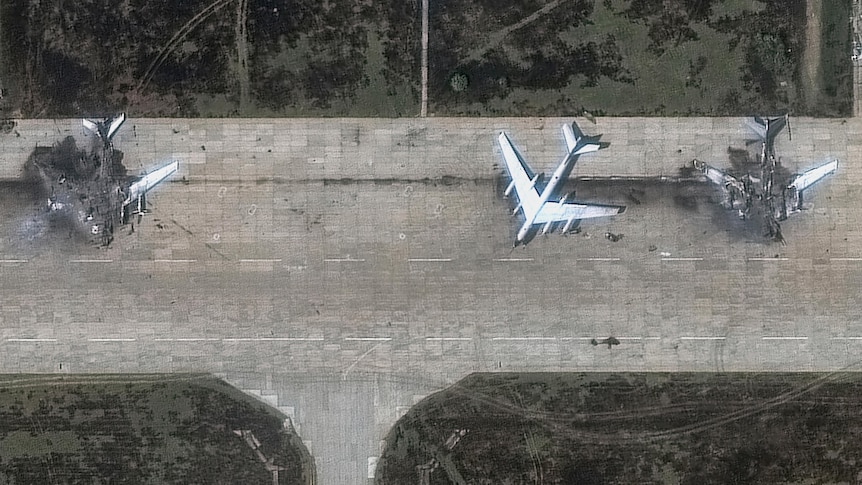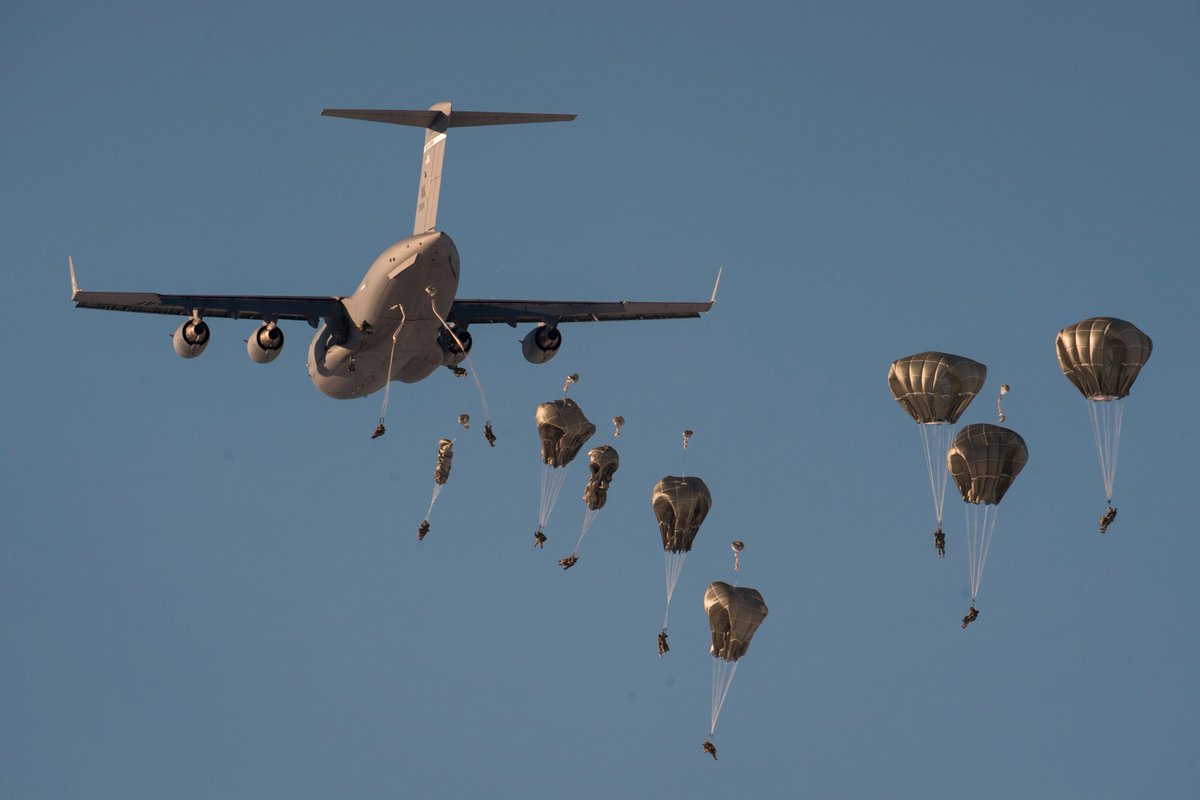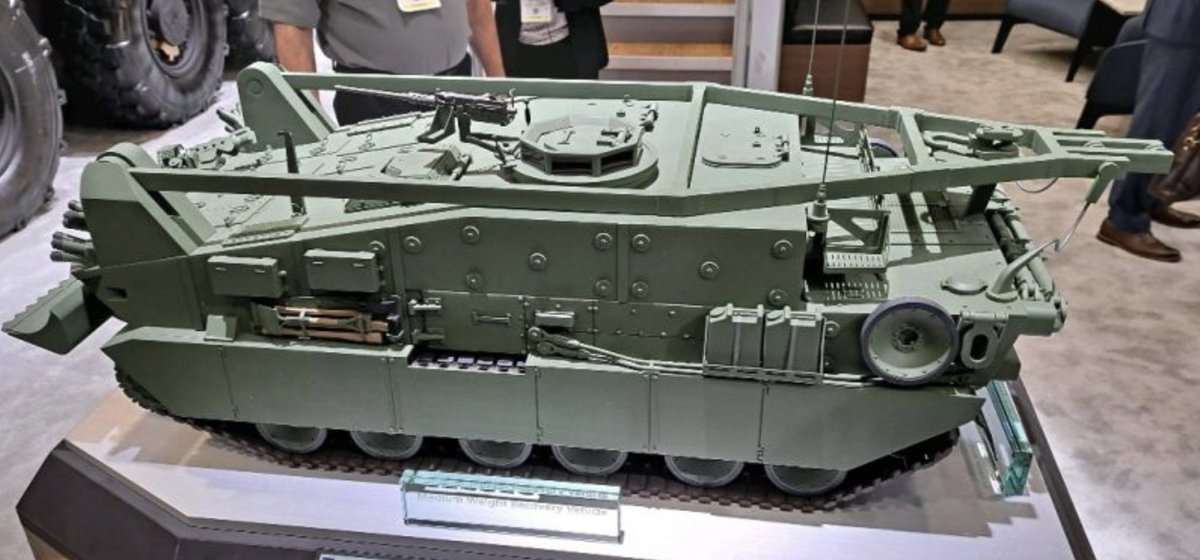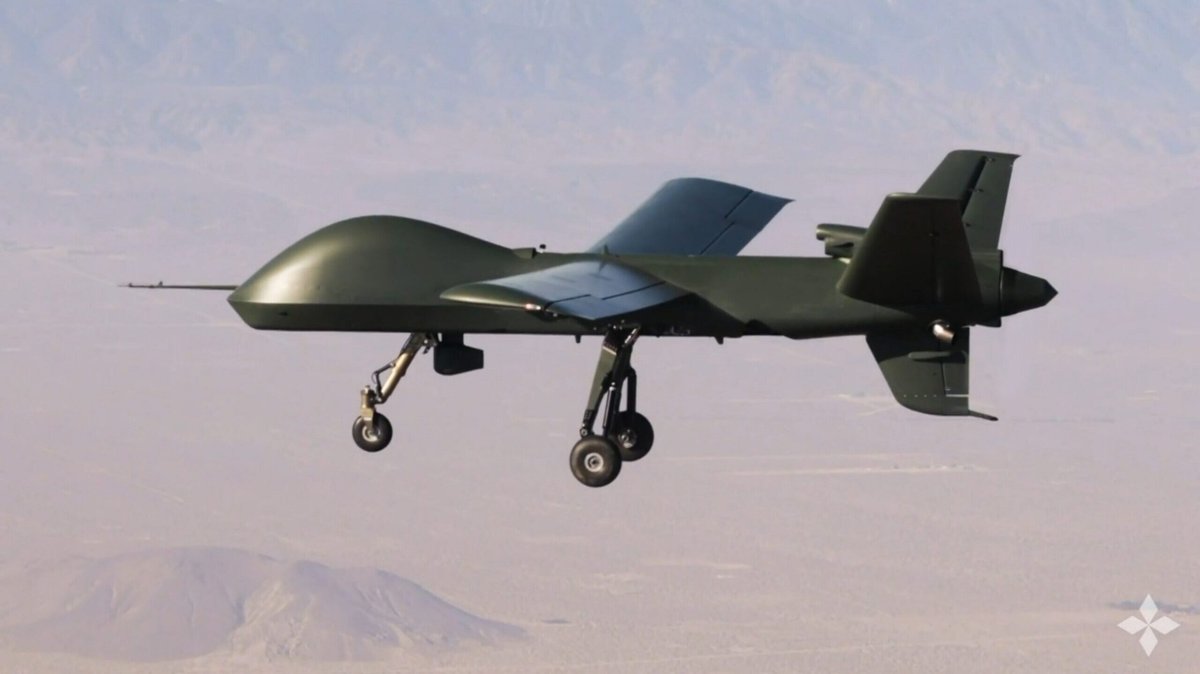THE BRITISH ARMY AND THE DEFENCE COMMAND PAPER REFRESH 2023. 🧵
British Army's 2021 Future Soldier strategy was seen more as a structure driven by costs than than a structure defined by strategy, even though it the Integrated Review got more things right than wrong.
(1 of 20)
British Army's 2021 Future Soldier strategy was seen more as a structure driven by costs than than a structure defined by strategy, even though it the Integrated Review got more things right than wrong.
(1 of 20)
This is the British Army of today. Three primary elements: the Allied Rapid Reaction Corps HQ, the Field Army and Home Command. Total headcount reduced to 72,500, the lowest it has been for 200 years. Three divisions, but only one of these is deployable.
(2 of 20)
(2 of 20)

The Field Army's three divisions yield eight combat brigades, but only four of these have Combat Support (CS) and Combat Service Support (CSS) enablers. So basically only half of the Army is actually usable. Which is a bummer.
(3 of 20)
(3 of 20)

This is the overall structure of the Field Army. Regular Army infantry battalions rely on the Army Reserve to provide a 3rd rifle company. Take away the Army Reserve and it looks even more anaemic. It's a far cry from the Cold War Army of 1980s. (Reserves shown faded)
(4 of 20)

(4 of 20)


The goal of the 2021 IR and DCP was to make defence relevant and credible, while making it more affordable and sustainable going forward. In the light of Russia's invasion of Ukraine, we now need to ask ourselves what did we get right and what needs to change?
(5 of 20)
(5 of 20)

We knew Russia was the principal threat while China was a secondary challenge. We recognised the danger posed by Iran, North Korea, and Islamic terror groups. We also acknowledged the risk of a Black Swan, the totally unexpected scenario that erupts out of nowhere.
(6 of 20)
(6 of 20)

We realised that our armed forces needed to offer utility LOCALLY, in the Euro-Atlantic Sphere, but also GLOBALLY, in the Indo-Pacific sphere. Therefore, the Army needed to be "Expeditionary by Design."
(7 of 20)
(7 of 20)

The UK's integrated Operating Concept has been validated by events in Ukraine. This envisages the British Army prioritising the FIRST BATTLE / DEEP BATTLE over the SECOND BATTLE / CLOSE BATTLE. It is about getting there first to prevent territory from being lost.
(8 of 20)
(8 of 20)
The First Battle / Deep Battle concept is about degrading enemy forces at standard off distances using long-range artillery like 52 calibre 155 mm guns and MLRS systems. Unfortunately, we lack mass in this area and need more indirect firepower.
(9 of 20)
(9 of 20)

In war the only certainty is uncertainty. Which means we'll be surprised and lose ground. So as much as might wish to fight the First Battle / Deep Battle over the Second Battle / Close Battle, we will need to conduct combined arms manoeuvre to retake it.
(10 of 20)
(10 of 20)
The trouble is that while light Infantry equipped with MRAPS and ATGM like Javelin are very good at fighting defensive battles, to attack you need MBTs and IFVs to conduct combined arms manoeuvre. Essentially, it means you need a mix of light and heavy forces.
(11 of 20)

(11 of 20)


Again, the British Army scores well in this area. Its planned brigades offer a balanced mix of capabilities suitable across multiple scenarios. But if there's one criticism, we may be too focused on light forces with a lack of protected mobility and firepower.
(12 of 20)
(12 of 20)

So, how to make sense of this?
1⃣The British Army needs to do more to restore a capacity for high-end war fighting at scale.
2⃣ It needs additional artillery, including more MLRS, air defence and attritable UAS
3⃣ If Warrior is retired, it will need a new IFV.
(13 of 20)
1⃣The British Army needs to do more to restore a capacity for high-end war fighting at scale.
2⃣ It needs additional artillery, including more MLRS, air defence and attritable UAS
3⃣ If Warrior is retired, it will need a new IFV.
(13 of 20)
4⃣ The British Army needs more MBTs. Assuming 2 square brigades, with 2 x Type 44 regiments each plus training and reserve MBTs, we will need to upgrade all 227 Challengers.
5⃣The Deep Reconnaissance Strike brigade is a paper formation until Ajax finally delivers.
(14 of 20)
5⃣The Deep Reconnaissance Strike brigade is a paper formation until Ajax finally delivers.
(14 of 20)
6⃣Does the British Army really need a Security Force Assistance Brigade and an Army Special Operations Brigade? Couldn't the Ranger Regiment perform both roles assisted by 16 Air Assault Brigade as a supporting Tier 2 SOF unit?
(15 of 20)
(15 of 20)
7⃣ If we're short of frontline troops, can we afford to resource the Allied Rapid Reaction Corps HQ? Can someone else do this, so we can focus on delivering hard power?
8⃣Speaking of HQ units, can we reduce the total number and the number of personnel within each?
(16 of 20)
8⃣Speaking of HQ units, can we reduce the total number and the number of personnel within each?
(16 of 20)
Being realistic, we cannot expect to generate more than the 8 brigades we have today. But let's reorganise them:
2 x Armoured (with Challenger & new IFV)
2 x Mechanised (with Boxer ICV)
2 x Light Mech. (with Foxhound & Mastiff MRAPs)
1 x Army Spec. Ops.
1 x 16 AAB
(17 of 20)
2 x Armoured (with Challenger & new IFV)
2 x Mechanised (with Boxer ICV)
2 x Light Mech. (with Foxhound & Mastiff MRAPs)
1 x Army Spec. Ops.
1 x 16 AAB
(17 of 20)

The evolution of the British Army 2025 plan would look something like this. While the only uplift in frontline headcount would be making the SFAB battalions regular infantry again, additional CS and CSS enablers are needed to make more brigades sustainable.
(18 of 20)
(18 of 20)

The extra investment required to achieve this would be 227 Challenger 2s upgraded instead of 148, a new IFV to replace Warrior (600 in total), more MLRS (72 HIMARS), and more air defence systems (48 SkySabre instead of 24). Everything else is in the budget.
(19 of 20)
(19 of 20)

Army 2025 Refine could potentially look like this. It provides two deployable divisions (one expeditionary + one manoeuvre) plus a special operations division. This may not be affordable today, but we could start to move towards it from 2025 onwards.
(20 of 20)
(20 of 20)

• • •
Missing some Tweet in this thread? You can try to
force a refresh





















